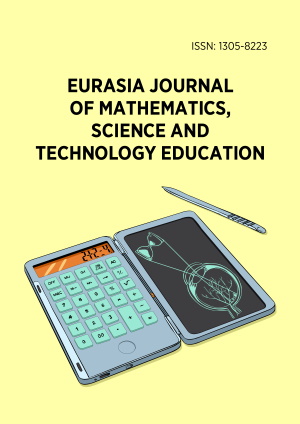Abstract
This study aims to investigate prospective primary school teachers’ attitudes towards scientific disciplines and perceptions of gender stereotypes. In particular, the objective is to understand how the perception of prospective teachers changes before and after attending a course on physics education at the degree course in primary education sciences at the University of Palermo, which is focused on innovative pedagogical methodologies. The participants, 119 prospective teachers, answered the same questionnaire before and after they took part in the course. They answered open-ended and closed-ended questions about gender stereotypes in scientific disciplines. We then conducted an interview with four prospective teachers to delve deeper into some of the topics covered in the two questionnaires. The analysis of the responses given to the questionnaire before the course showed that pre-service teachers’ perceptions largely conformed to typical gender stereotypes. On the other hand, the answers given to the questionnaire at the end of the course highlighted a change in pre-service teachers’ perception and awareness of gender’s impact.
License
This is an open access article distributed under the Creative Commons Attribution License which permits unrestricted use, distribution, and reproduction in any medium, provided the original work is properly cited.
Article Type: Research Article
EURASIA J Math Sci Tech Ed, Volume 21, Issue 9, September 2025, Article No: em2698
https://doi.org/10.29333/ejmste/16829
Publication date: 01 Sep 2025
Online publication date: 29 Aug 2025
Article Views: 2246
Article Downloads: 1221
Open Access References How to cite this article
 Full Text (PDF)
Full Text (PDF)